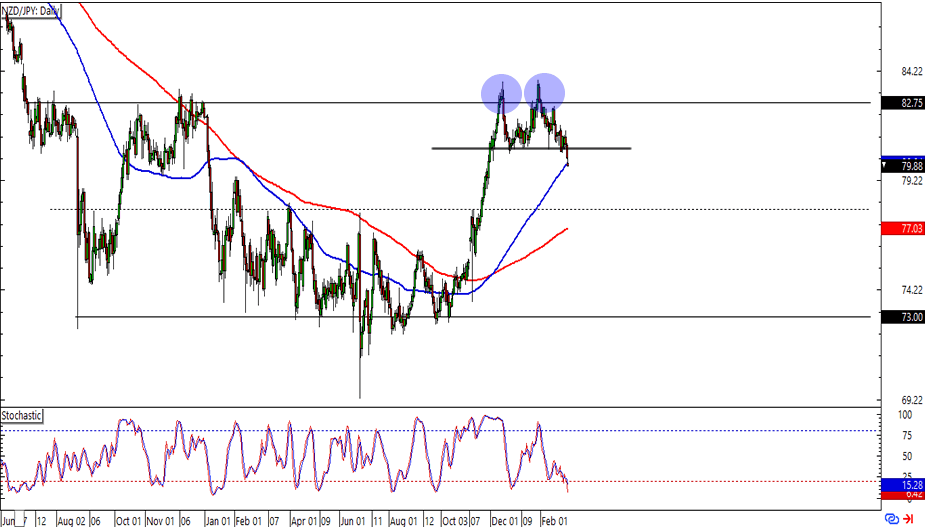Daily Insights Report 06/03/17
- 31 Mar 2017
6 Mar 2017
Over the weekend, Chinese Premier Li Keqiang set a growth target of 2017 at 6.5%. Therefore it is likely that the monetary policy will remain neutral this year.
A few weeks ago the market transformed from one thinking doubting an interest rate hike to one that has been persuaded that there will be a rate hike. Last week saw many events that added to increased the likelihood of a rate hike, ending with Janet Yellen’s endorsement on Friday of increasing the interest rate. One major point worth noting that changed Federal Reserve members opinions about the interest rate is that nothing has deteriorated enough to cause alarm and therefore the economy has continued to grow at a modest pace. For example, even though the inflation target of 2.0 percent has not been reached, recent data has shown that there is evidence that the market is moving to the FOMC’s target. Similarly, unemployment levels match levels which are understood as full employment. This Friday will show a monthly jobs report as well as an inflation update. It is likely that if they come very different than expectations, then the interest rate hike may be delayed. If interest rates are actually raised this month (scheduled for March 15), then this will be the first non-December rate hike since June 2006.
A meeting is scheduled to take place in Versailles on Monday. This meeting will have leaders from France, Spain, Germany, and Italy. It is the 60th celebration of the Treaty of Rome. The fate of the EU has become uncertain in recent months because of rising political turmoil in addition to the continually growing protectionist rhetoric Europe is seeing. A bigger meeting with more members will be held on March 25.
Commodities
– Gold fell less than 0.1% to reach $1,234.18 an ounce. Last week was the worst performance gold has seen this year so far, falling 1.8%.
– Crude oil fell 0.4% per barrel and was trading at $53.13 a barrel. Both Brent and West Texas Intermediate (WTI) crude saw declines.
United States Dollar (USD)
Factory Orders (January)
Strong growth in the transportation sector is likely to lead to factory orders showing growth for the month of January. An increase of 0.9% is likely to be seen when the data is released. Core durable goods have seen growth recently and is likely to continue in the short term.
Australian Dollar (AUD)
Retail Sales (January)
Australian consumers likely started the year with higher buying. This will send the retail spending data up to 0.2%. However, wage growth has hurt the average person’s budget. However, the monetary policy is very accommodating and can provide relief to domestic households. On average, interest rates globally have continued to rise, and this may eventually increase loan servicing costs.
Technical Analysis
NZDJPY
Looking at the daily pair of the NZDJPY, we can see a double bottom break out from the chart. The double-top formed around the 82.75 resistance area.

The 100 day SMA has caught up with the current value, making it unclear if the NZD will weaken, or strengthen. If there is any indication that the NZD will weaken against the JPY, then it would be a good idea to short the currency below the SMA.

